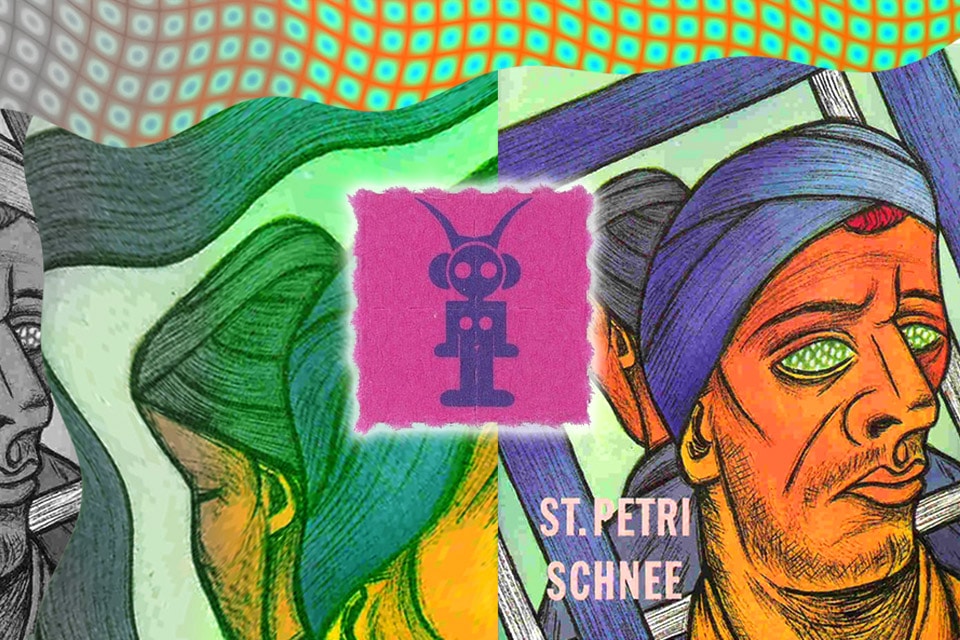
The following article on how the psychedelic LSD was mysteriously foretold 10 years before its discovery is a guest post by Xavier Francuski of Kahpi – The Ayahuasca Hub.
Circumstances of social tension and unrest have throughout history made fertile soil for visionary stories and artistry. As outcries of the oppressed, these works would generate mass catharsis, incite opposition, and help keep people’s heads above the sand.
One such work was produced in Germany in 1933. After more than a decade of political and economic turmoil, the country was in despair. Hopes for stability were on the rise as Hitler made chancellor. However, as he promptly began putting into action his extreme plans for dominance, it was clear that the worst was yet to come.
In this nascent Nazi Reich, a mysterious and avant-garde book was published by Leo Perutz. The novel is called St Petri-Schnee (English version – Saint Peter’s Snow) and, as described by researcher Alan Piper, it appears to discuss the psychedelic LSD five years before the powerful psychedelic substance was created in the laboratory and 10 years before its hallucinatory effects were realized.
Perutz was an Austrian writer and playwright, author of two prior works entitled The Third Bullet (Perutz, 1915) and The Mango Tree Miracle (Perutz and Frank, 1916). But Saint Peter’s Snow is his most intriguing story.
In the novel, St Petri-Schnee is an ergot-type fungus that attacks wheat, rye, and barley. Perutz tells a story about a gentleman scientist by the name of Baron Malchin, who, inspired by historical records of its sacramental use, isolated a hallucinogenic drug from this fungus. As the story progresses, the effects of this psychotropic substance are covertly tested on the population of a small, isolated village, and the substance itself ends up catalyzing a mass renewal of religious enthusiasm.
The events Perutz describes unfolded in reality in strikingly similar ways in the following decades. While psychonauts today are probably more interested in taking the organic substances DMT or ayahuasca, during the 1960s LSD was the holy grail of psychedelic religiosity. Here is what happened after his book was published:
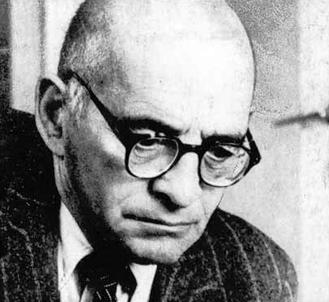
Leo Perutz
The Genesis of LSD
The psychedelic LSD was first synthesized by a chemist named Albert Hoffmann of Sandoz Laboratories in Basel, Switzerland. Hoffmann was researching the ergot fungus with the aim of isolating a pharmaceutically relevant compound, specifically, a respiratory and circulatory stimulant that wouldn’t have an effect on the uterus. Ergot has been used medicinally since the 16th century for inducing childbirth and controlling bleeding afterward, and Sandoz had already created and marketed ergot-based medication for migraines.
Experimenting with derivatives of lysergic acid, an alkaloid easily obtainable from ergot, Hoffman eventually synthesized lysergic acid diethylamide, or LSD, on November 16th, 1938. The compound, however, was tabled indefinitely, due to its apparent lack of pertinent clinical benefits. Finally, almost five years later, on April 16th, 1943, Hoffman decided to give it another look. In the process, the super potent solution accidentally touched his skin, and soon after he started feeling changes in perception and consciousness, experiencing the world’s first (unintentional) LSD trip.
This is, at least, how the official story goes. There are unconfirmed assertions (which also may be referred to as conspiracy theories) that Hoffmann belonged to a secret group of followers of the German mystic Rudolf Steiner. This group is said to have been synthesizing a variety of psychedelic chemicals, including LSD, until 1938, when they decided to stop that work on account of fear of the potential harmful consequences if these substances were to be released. This would imply that Hoffmann knew well about LSD’s effects, and that the five-year hiatus on its pharmaceutical study, as well as the story of its accidental rediscovery are just cover-ups. Again, this story may be nothing more than speculation. The information is attributed to Al Hubbard, a major LSD proponent and activist in the 1950s and 60s.
Chemical Warfare Tests
The CIA’s research program examining ways of facilitating enemy interrogations by means of administering them with psychotropic substances is something of a well-known public secret. The program dubbed Project MK-Ultra aimed at synthesizing and identifying drugs and other methods that could be used to weaken and assume control of a subject’s mind.
The top-secret program lasted throughout the 1950s and (unofficially) 1960s despite numerous attempts at shutting it down due to the downright dangerous and illegal research it was executing. Most of the documents pertaining to the operations were destroyed in 1973 by order of Richard Helms, the acting director of the CIA at the time, making the full scope of the project impossible to investigate. However, some 20,000 papers survived, and they were declassified in 1977.
Among the chemical research, conducted by of Dr Sidney Gottlieb, the psychedelic LSD took center stage. The Agency saw huge potential in it due to the compound’s unrivalled ability to alter consciousness. The main goal of the research was to ascertain if Soviet spies could be made to defect against their will, and if they could, using LSD, do the same to Americans.
During the experiments, LSD would most often be administered without consent, and at times completely covertly. These actions constitute gross ethical misdeed, the violation of the Nuremberg code and, often, torture.
Aside from individuals, LSD was tested on en masse subjects as well. In the early 1950s, the US established secret detention camps in some countries in Europe and East Asia, where they would conducts experiments, interrogate, and torture captive suspects and anyone else they considered expendable.
It has been asserted that a mass poisoning incident that took place in the small town of Pont-Saint-Esprit in France in 1951 may have been the result of early and reckless LSD field tests by the CIA. The population of the town suffered mass insanity, aggression, paranoia, terror, and hallucinations that lasted for days. The ruling scientific hypotheses found an ergot fungus to be the cause; more precisely, eating bread made of rye contaminated with ergot. However, a good deal of diagnostic confusion seems to have surrounded this outbreak.
According to the author of A Terrible Mistake, Hank Albarelli, there is compelling evidence indicating that Pont-Saint-Esprit was a target of a covert CIA experiment involving LSD. Albarelli claims that, during his decade-long research into the mysterious death of biochemist Frank Olson, he discovered ample references of Pont-Saint-Esprit in numerous CIA and White House documents.
LSD and Religious and Spiritual Mobilization
As one of the cornerstones of the hippie counterculture movement of the 1960s and 1970s, LSD was the symbol of the expression of freedom and transcendence of societally and governmentally imposed norms for millions of youth in the US and around the world. They were dropping tabs and tuning into universal frequencies of love, peace, and happiness. Trippy music produced and played at festivals of major proportions by artists who frequently drew inspiration from the same source provided an ether in which everyone could feel unified and accepted. Also, LSD played a big role in those generations realizing the truth about the Vietnam War that the government had been concealing for years, which eventually resulted in massive public opposition.
A consciousness of the existence of something grander than the microcosm of one’s life was starting to emerge. LSD, along with other psychedelics booming in the era, facilitated a massive change in awareness; all of a sudden, a huge chunk of the population turned into pioneering psychonauts experiencing realities thus far completely unknown.
Many were also gravitating toward “new wave” religious movements based around ancient oriental and North American indigenous religions, seeking to add a bit of understanding to their mystical experiences. The awakening of the yearning for religion can, in large part, be attributed to the feelings of unity people were experiencing in mass gatherings, and to the need for wisdom of ancient sages which could demystify some of the complex and confusing insights that can be gained in psychedelic experiences. These spiritual seeking tendencies received scientific validation many decades later, in a branch of research that looks at how psychedelic trips and subjective religious or spiritual feelings may be correlated.
So, Was Novelist Leo Perutz a Prophet?
In St Petri-Schnee, Perutz seemingly foresees developments strikingly similar to these years or decades before they actually took place. But, short of him having mastered the art of divination, could there be other explanations for his predictions?
In his brilliant study of the book, author Alan Piper suggests plausible alternate accounts for these, and other ergot-related assertions Perutz got right.
Firstly, the main character of the novel, Baron Malchin, explains that his motivation to isolate the hallucinogenic compound from the ergot-type fungus comes from historical research. He reveals that he learned of ergot as being a secret psychoactive sacrament in ancient cultures. This assertion is also ahead of its time, as the public only learned about the possibility of ergot’s age-old ritualistic use in the most comprehensive study of the Eleusinian Mystery to date, The Road to Eleusis: The Unveiling of the Mysteries, published by Robert Gordon Wasson in 1978. Subsequent books by Dan Merkur provided further arguments and support for these theories.
Piper sheds light on Perutz’s social circle at the time, which was made up of writers, artists, and researchers and aficionados of altered states of consciousness and substances that cause them. Among these peculiar intellectuals there was a keen interest in ancient mystery cults and Gnosticism. Even if he didn’t have specific information pertaining to ergot, it’s imaginable that conversations on these topics would have inspired Perutz into including this kind of historical background into his story.
If Perutz already had the vision of ergot’s profound role as a sacramental agent in ancient societies, it’s not a big leap of imagination to extend this role into the future. This is likely how he came to paint the picture of his hero’s psychedelic substance providing the medium for a resurgence of religious sentiment.
As far as the actual idea of synthesizing a psychedelic from ergot goes, Piper reasons in his paper that “Bove’s exhaustive study of the history of ergot research reveals that attempts at laboratory cultivation of ergot, with limited success, actually commenced in the mid-eighteenth century (Bove 1970). In 1929, in Germany, Heinrich Kirchhoff achieved partial success and in 1930 the American Adelia McCrea completed a major study. In the 1930s, McCrea and others including Stoll succeeded in cultivation of ergot in an artificial medium that produced alkaloids, though not suitable for commercial production. Thus the successful artificial cultivation and experimental production of ergot alkaloids was achieved around the time that Perutz published his novel, following a period of intense scientific investigation into the subject.”
Finally, let’s address Perutz’s story arc pertaining to the psychedelic being tested on inhabitants of a small village. Ergotism, also known as “Saint Anthony’s fire,” is an epidemic disease known to humanity for well over a millennium. Consuming rye, wheat, or barley infested with ergot fungus induces a variety of harrowing symptoms that include blistering, peripheral tissue edema and necrosis (leading to loss of extremities), intense gastrointestinal suffering, nausea, and, most pertinently, maniacal psychosis.
This plague-like disease appears in history records since the year 857 AD, and was first referred to as ergotism in 1853. If Perutz had the idea that ergot was a substance from which a psychedelic can be isolated, he would surely have also learned of its potential to induce psychosis and mass hysteria. It’s possible that this notion made for the basis of the test executed in his fictional village.
Although there are plausible explanations for Perutz’s clairvoyant writing, they absolutely don’t diminish the quality of his work. Putting together such esoteric knowledge into a story that turns out to materialize years later is nothing short of remarkable and eerily coincidental.
Due to the Nazis banning the book the same year it was published, its initial audience was quite limited and it never quite made it back to the shelves of major publishers after the war. However, if you’re curious to read it, the English version is available here (original German here), and you can also try to track down the 1991 film St. Petri Schnee, whose script was written by Leo Perutz himself.
This article is a guest post provided by Kahpi – The Ayahuasca Hub. If you want to learn about ayahuasca, check them out!

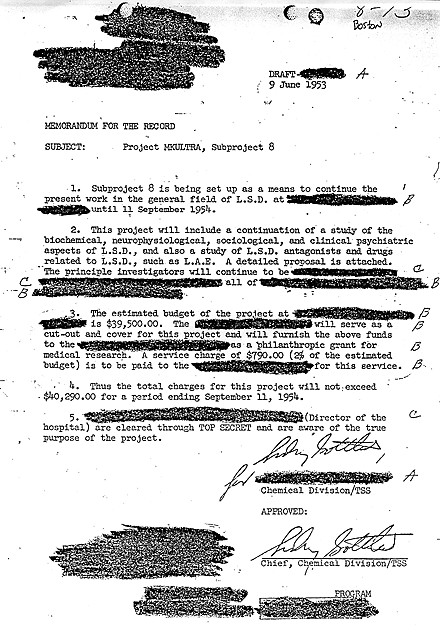

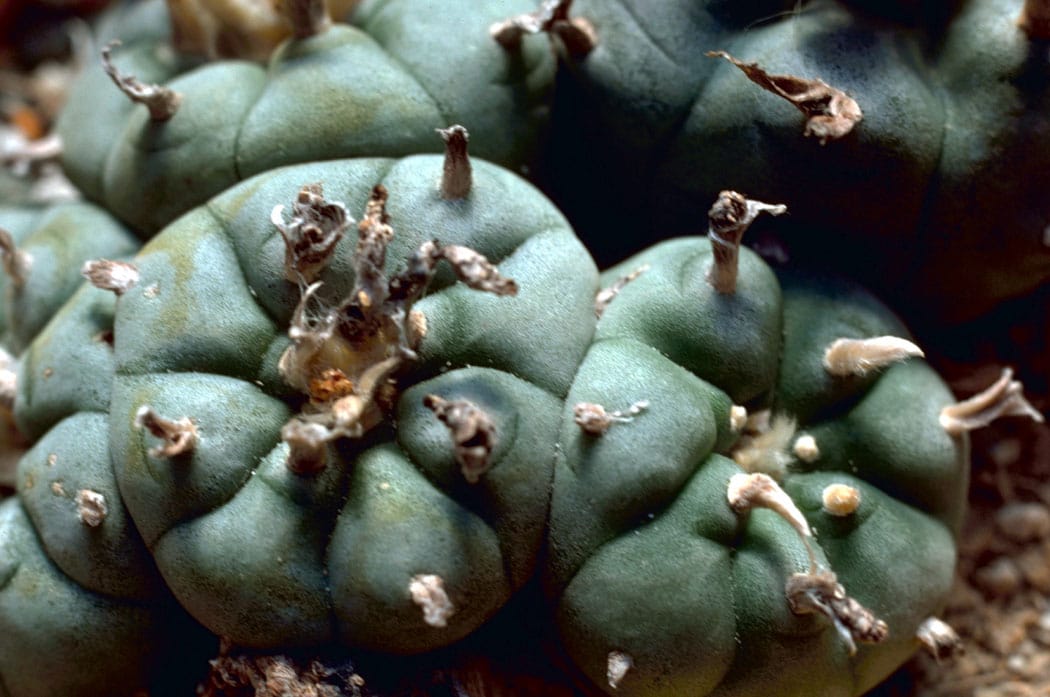
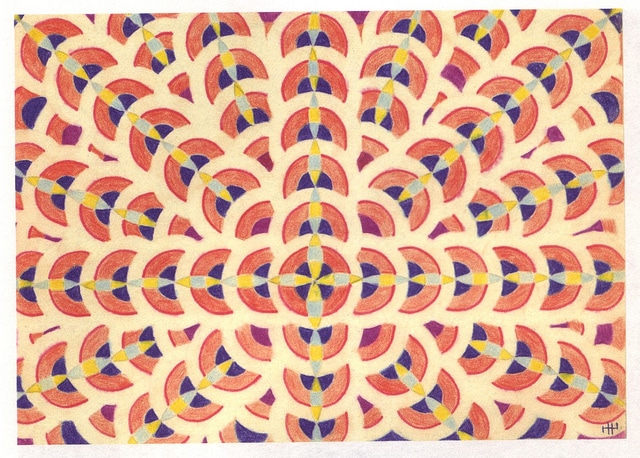
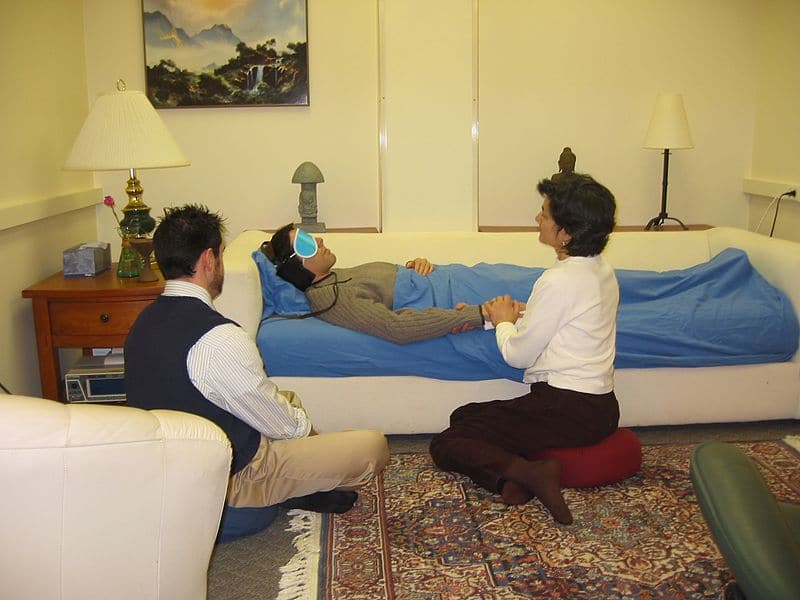





Rudolf Steiner Wasnt a Nazi,but otherwise was a jew and persecuted by the nazis. search.